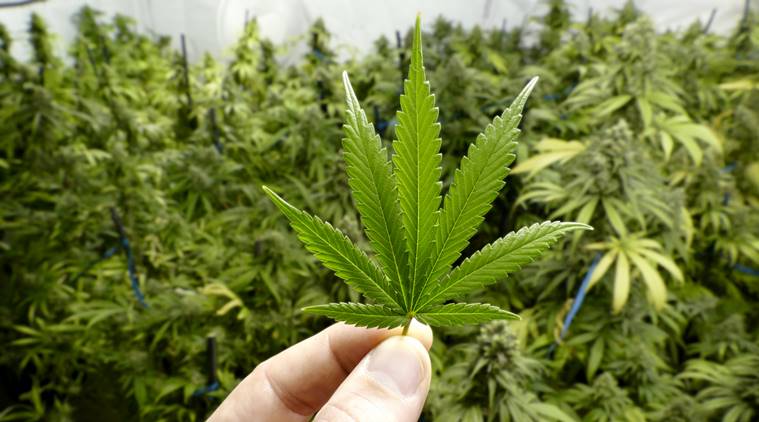hen a crew of cannabis activists reached the Mexican Senate here in Mexico City in February 2020, shovels in hand, they started digging up the yellow-tipped bushes near the security check, then the knee-high grass that surrounds the plaza. They planted skinny cannabis stalks, and smokers dropped their own cannabis seeds into a glass jar, each one a tithe for their cause.
The operation was a gleeful but pointed jab at the politicians inside, who had used marijuana and other drugs to justify an ongoing war, carried out in partnership with the United States, that had made Mexico one of the most violent countries in the world.
They were far more likely to be taken out by a bullet, the activists said, than by smoking a joint. They wanted to make sure reform would be done right.
Reporting for this story was funded by a grant from Fundación Gabo. All photos by Alejandra Rajal.
The stunt was just the latest sign that Mexico’s marijuana-legalization movement, which once consisted of a handful of protesters, had transformed into a diverse and vocal lobby.
The seeds this movement planted are finally yielding results: After decades of strict drug policy, Mexico’s congress is expected to pass a federal law this year that would for the first time create a legal cannabis trade in the country—the Senate passed the bill in November, and the lower house is set to vote on it this spring.
But many of Mexico’s marijuana proponents are still opposed: The bill would allow for a cannabis industry on terms that they say favor corporations, and would still impose fines and prison sentences on people without connections or power. If the current version passes, advocates ask, who would the law be for?
The idea that a country owes something to its citizens as it starts to undo some of its mistakes is not a new one, but Mexico seems to be stumbling as it at once admits that past administrations’ drug policies failed while also doing little to undo the militarized enforcement that got the country into its current morass of violence.
Though the Mexican Cannabis Movement, which organized the garden outside the Senate, is representative of only one faction in the legalization movement—they believe in no limits on marijuana possession for personal use—the pall that settled over their camp after senators passed the bill last year was palpable.
Guadalupe Espejel, a psychologist with a Velma-style bob, was dismayed: As she puffed on one of the thin glass vapes she sells, she explained that the law would still leave people like her at risk of arrest—or at the very least, police might continue to ask her for bribes. “This plant has been stigmatized for over a century,” Espejel said. “This isn’t a step forward, it’s a step back.”
Mexican Cannabis Movement activists set up camp around the Senate in Mexico City, planting marijuana plants and lighting up. February 4, 2020. (Alejandra Rajal)
Guadalupe Espejel, a member of the Mexican Cannabis Movement, provides information to visitors at the encampment outside the Senate. (Alejandra Rajal)
Spaniards brought cannabis to Mexico in the 16th century to make hemp, which was used at the time in ropes, sails, and paper.
The plant moseyed across the country but was smoked by few. As Isaac Campos argues in Home Grown, his meticulous history of the plant in Mexico, marijuana slowly gained a negative connotation in the country when it became associated, misleadingly, with Indigenous people, and more justifiably but luridly, with prison inmates and the soldiers who fought the decade-long Mexican Revolution beginning in 1910.
In 1920, the revolutionary federal republic banned marijuana. That law, which barred substances that could “degenerate the race,” has remained in place for over a century now.
CLICK HERE FOR FULL ARTICLE ON THE NATION


